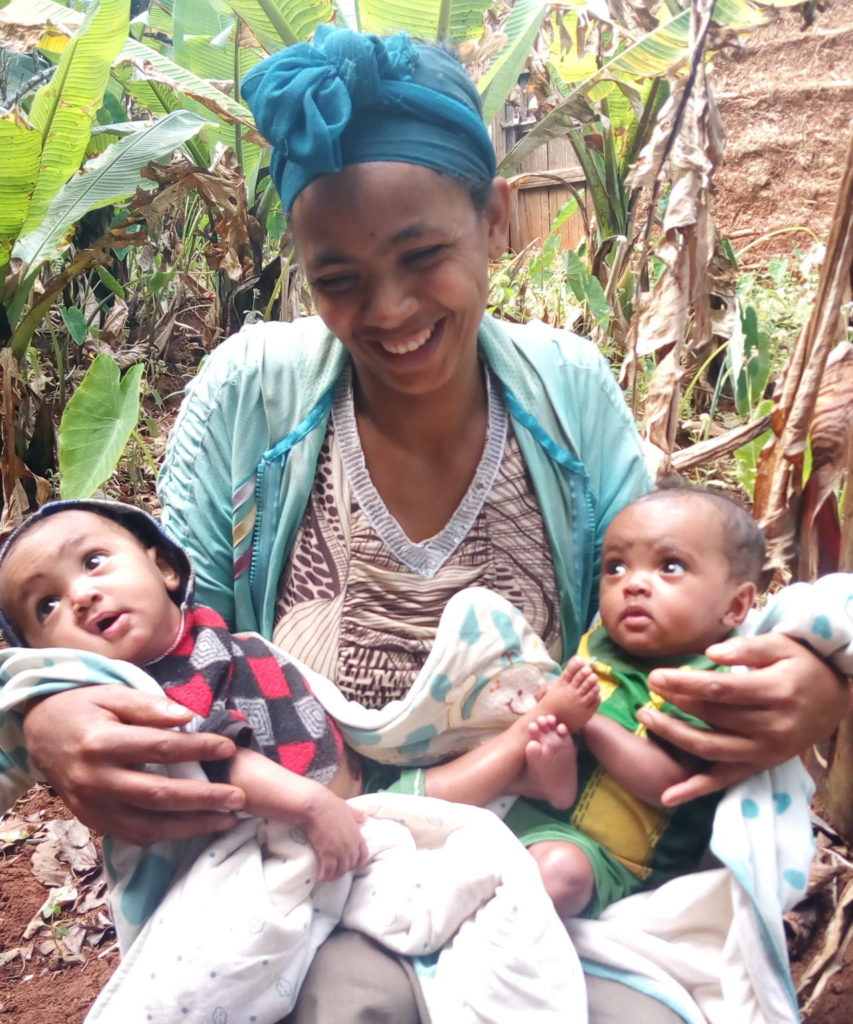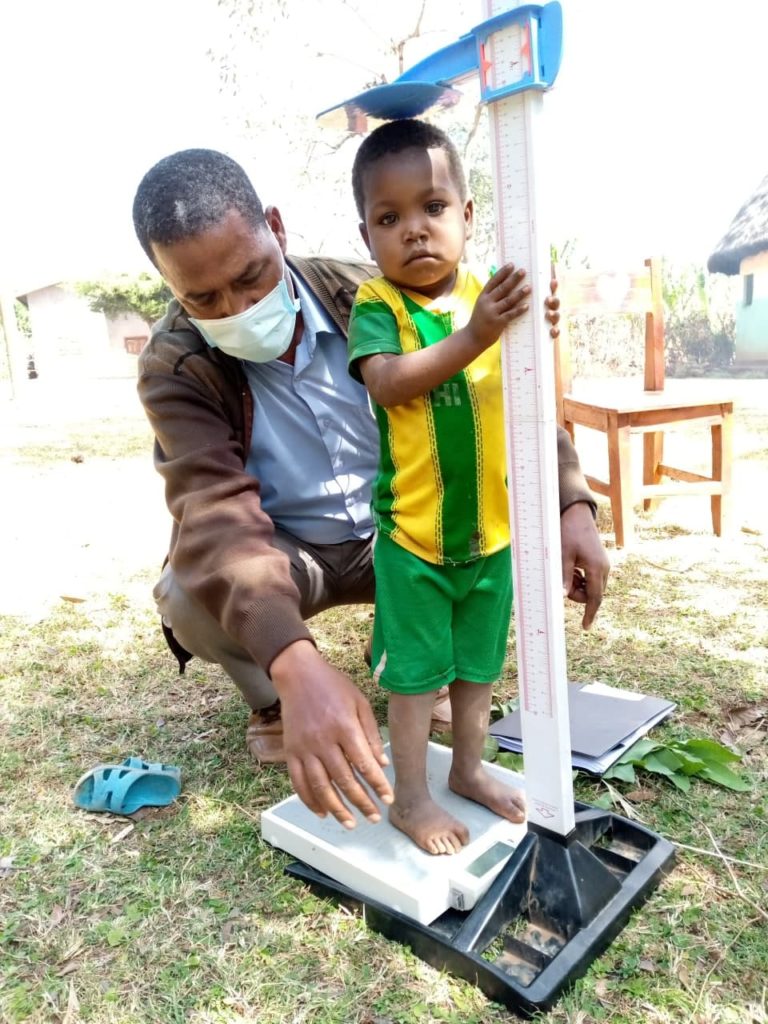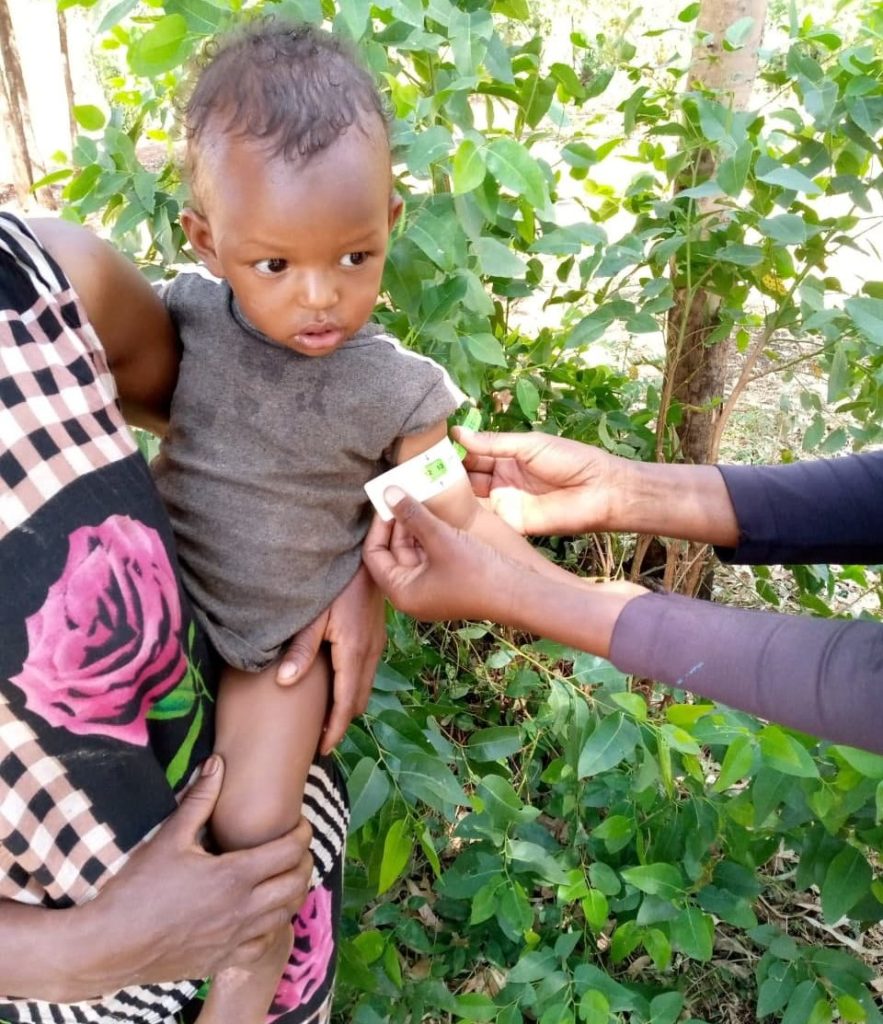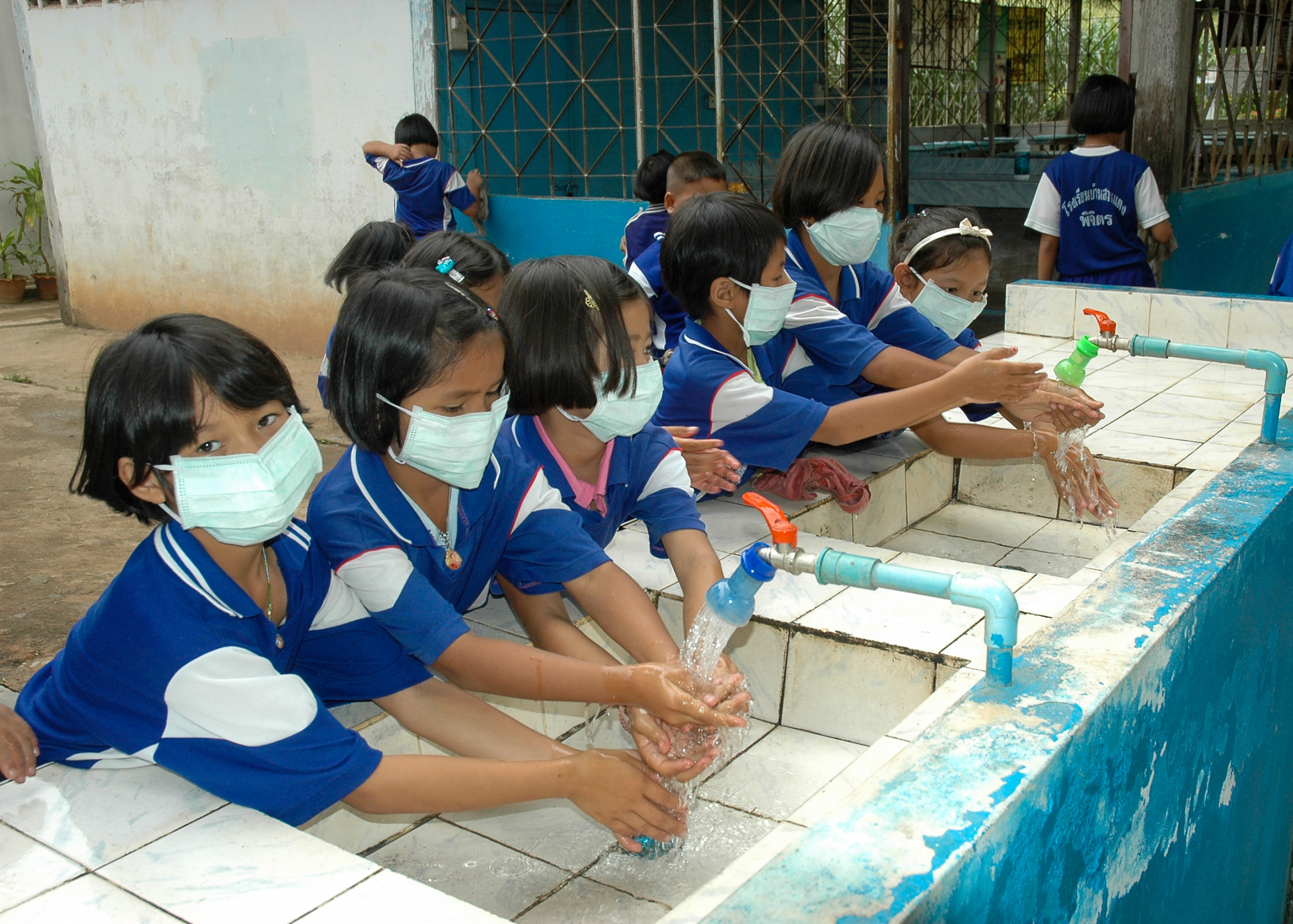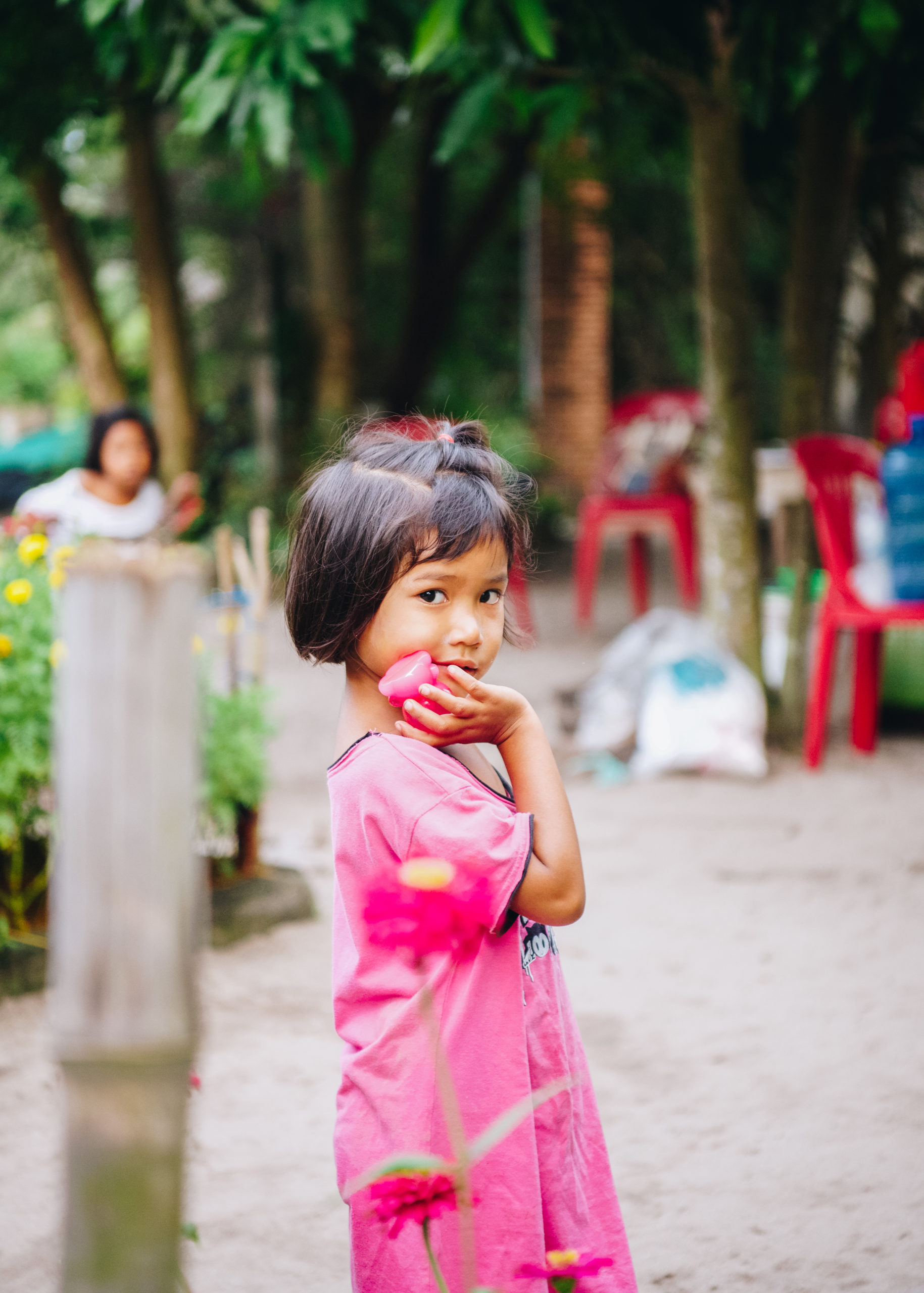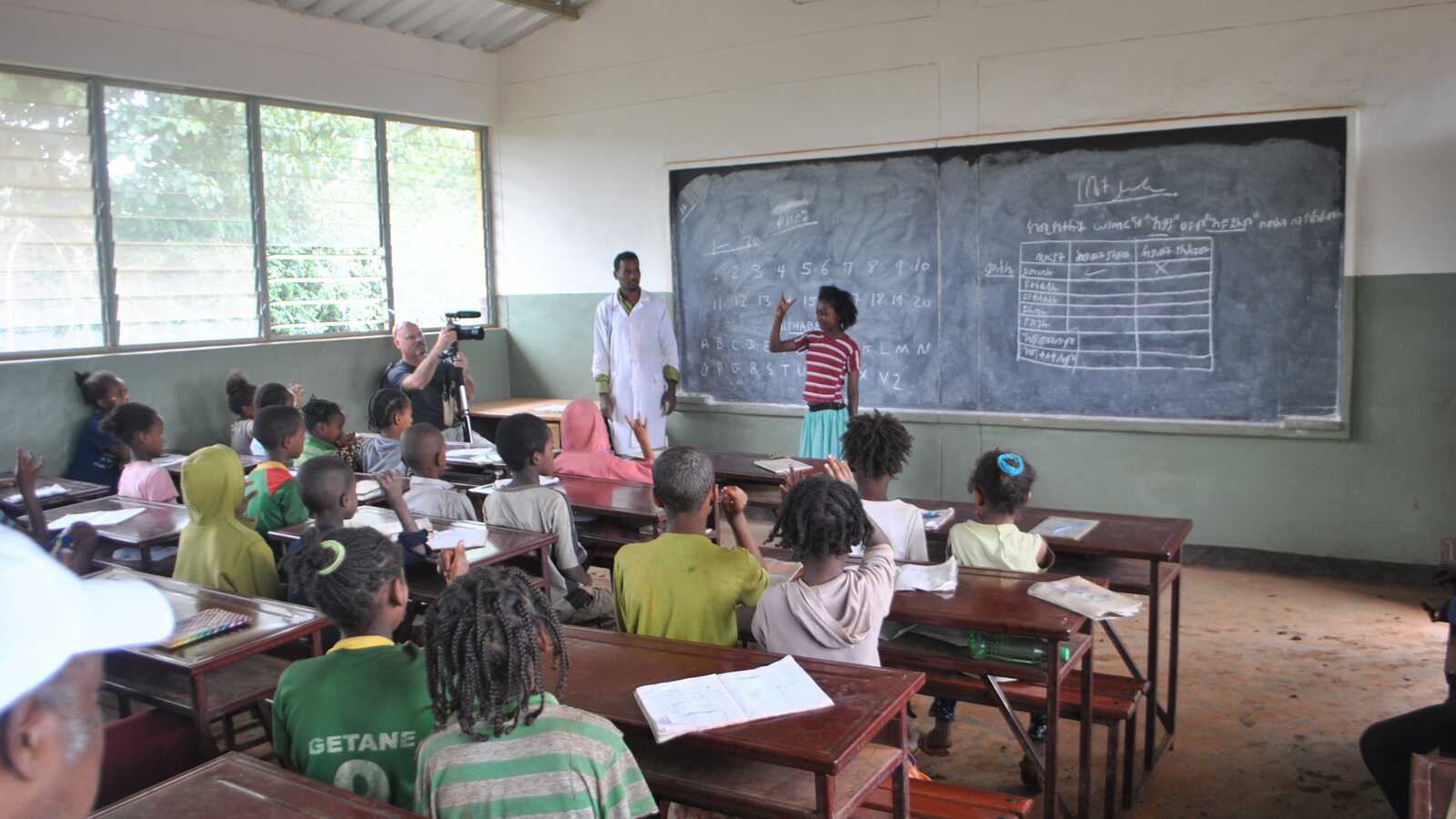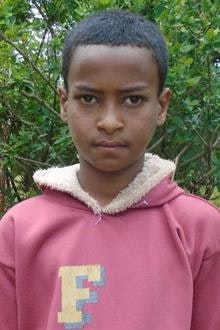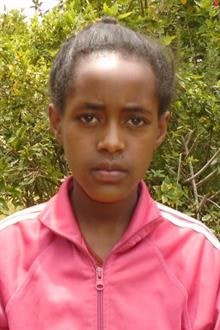In response to a hunger and malnutrition crisis, Holt began emergency nutrition assessments and interventions across rural Ethiopia. Over 5,790 children were acutely malnourished. But thanks to generous Holt donors who provided nutrition intervention, education and treatment, children are surviving — and their health has transformed!
Fully garbed in protective gear, Holt’s team of community health workers went village to village, hut to hut, in rural Ethiopia — looking for children who were malnourished.
Months into the pandemic, children needed help. Families had wisely stayed home for many months to protect themselves from the virus, but this also meant children missed their regular health checkups, vaccinations and nutrition screenings. And children were in danger.
The pandemic caused exorbitant inflation in Ethiopia, and so many families couldn’t afford food anymore. Anything they did have, they’d split among the household — which would never be enough for any one person. Definitely not enough for a growing child. As a result, so many children and their families began going hungry.
“When children are abruptly cut off from consistent access to high quality food, this can result in acute malnutrition.”
Emily DeLacey, director of Holt’s nutrition and health programs
“Many families were already struggling before [the pandemic], and then there was a very abrupt stop to income and the ability to access food,” says Emily DeLacey, the director of Holt’s nutrition and health programs. “When children are abruptly cut off from consistent access to high quality food, this can result in acute malnutrition.”
What Hunger Looks Like
Acute malnutrition is the very picture of hunger.
Bone-thin arms and legs. Distended bellies. Visible ribs. Sunken eyes. It’s heartbreaking… When a child is this badly malnourished, they aren’t even hungry anymore. They act listless and disengaged. They have no energy to play.
And as Holt’s team of community health workers met with family after family, they saw this time and time again.
They primarily focused on children under 5 years old, as these beginning years are the most critical for a child’s nutrition and development. In each home, they measured each young child’s mid-upper arm circumference, a quick and accurate assessment for malnutrition. The measurement tape gives the results in centimeters, and also in color blocks — green, yellow or red. So many children measured “red.”
Out of the more than 13,000 children assessed over multiple trips to villages throughout rural Ethiopia, over 5,797 of them were acutely malnourished.
Anika and Kia* were two of these children.
Anika and Kia
Just a few months old, these twin girls were in desperate need of help. They cried uncontrollably as they were assessed — only adding to their strikingly grave condition.
Their whole family appeared malnourished, too. Especially their mother.
“She was likely so malnourished herself that she could not keep up with the [breastfeeding] needs of the twins,” Emily says. The malnutrition link between pregnant and breastfeeding mothers and their young children is very strong. When a mother is malnourished, it’s likely her children are too.
Out of the more than 13,000 children assessed over multiple trips to villages throughout rural Ethiopia, over 5,797 of them were acutely malnourished.
That’s why health workers also assessed pregnant mothers as they went from home to home. And when children in the home were found to be malnourished, the solution was one that would help the entire family.
Holt’s community health workers passed out emergency nutrition packets right away at families’ homes. These packets contain a peanut-based paste high in calories, fat, electrolytes and micronutrients — perfect for hungry and malnourished children. Later, the family received regular follow-up visits to learn more about nutrition, how they could increase their income to purchase more food and more. They continued to be monitored and given support until the children’s nutrition status improved.
But some children, like Anika and Kia, needed urgent, emergency intervention.
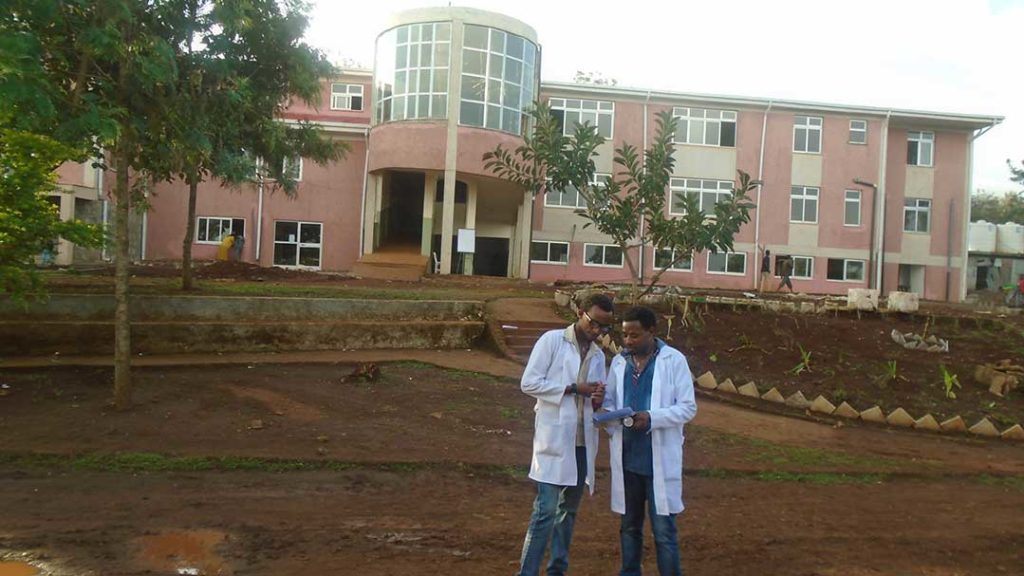
Emergency Malnutrition Treatment
Right away, Anika, Kia and their mother were taken to the Child Stabilization Center at Holt’s Mother and Child Hospital. Here, they received the critical help they needed.
“In the rehab unit, they received a specialized low-protein, milk-based formula diet to help them stabilize,” says Emily. “Then, over two days or so they are transitioned to a second specialized formula with higher protein and energy content.”
It wasn’t long before Anika and Kia became stable. And not long after that, they returned home.
And in just a few short months, their transformation was incredible. They went from terribly sick, skinny, malnourished infants to plump and happy babies. And that’s just their physical appearance. Now that they’re getting all the nutrients they need, their brains and bodies will be able to grow and catch up in development.
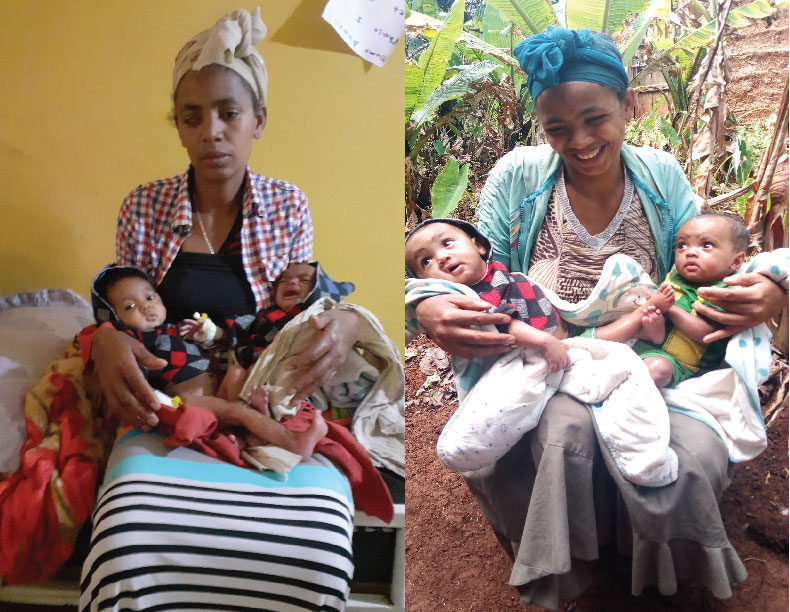
The transformation for Anika and Kia was truly incredible. And thankfully, thousands of other children across rural Ethiopia will now experience the same.
But there will always be more children who need help…
“Malnutrition is the leading cause of death for children in low- and middle-income countries. There are just so many more to reach.”
Emily DeLacey
“Malnutrition is the leading cause of death for children in low- and middle-income countries,” says Emily. “There are just so many more to reach.”
But thanks to the generosity of Holt donors, and the amazing initiative of Holt’s staff and partners on the ground, children will continue to be screened and receive the life-changing and lifesaving treatment they need.
Because every child deserves to have enough food. And every child deserves to live and grow to their fullest potential.
*Names changed for confidentiality
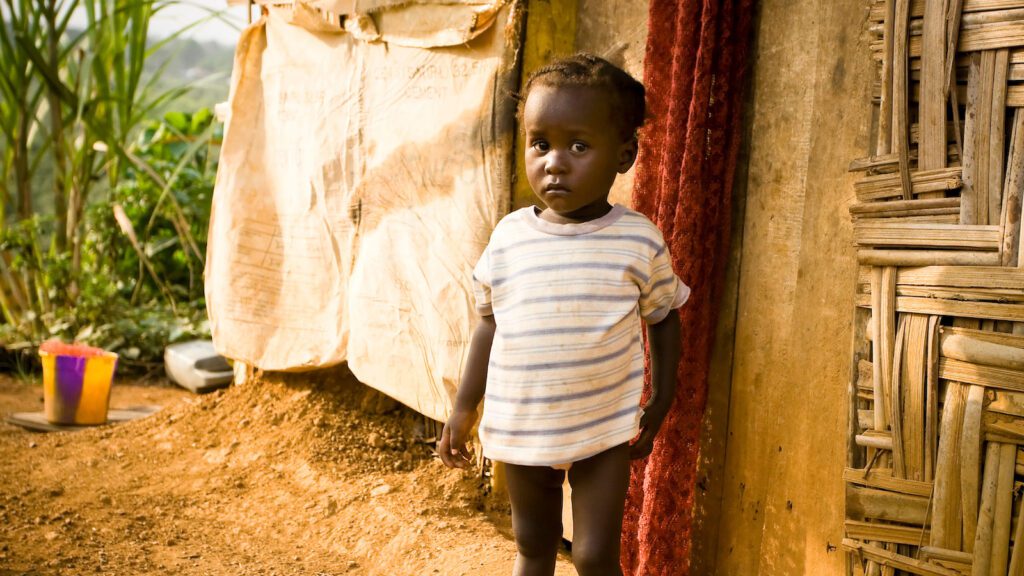
Feed a Hungry Child
Your gift can save a child from another week of hunger.
